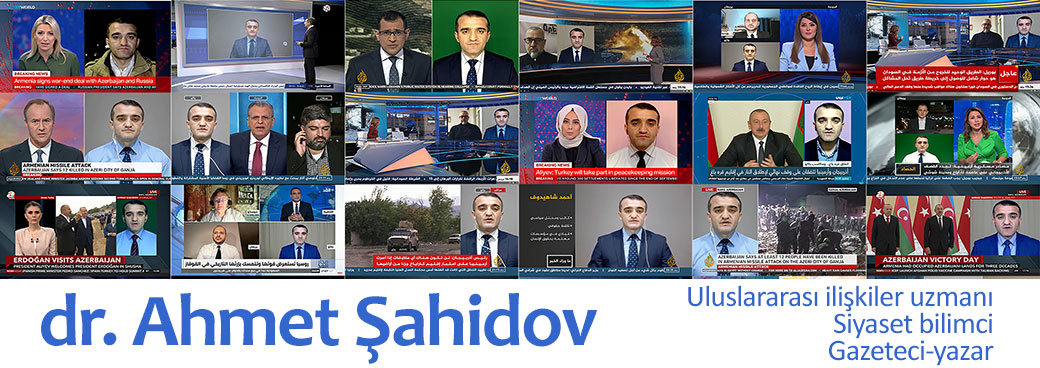 Terrorism is not new, and even though it has been used since the beginning of recorded history it can be relatively hard to define. Terrorism has been described variously as both a tactic and strategy; a crime and a holy duty; a justified reaction to oppression and an inexcusable abomination. Obviously, a lot depends on whose point of view is being represented. Terrorism has often been an effective tactic for the weaker side in a conflict. As an asymmetric form of conflict, it confers coercive power with many of the advantages of military force at a fraction of the cost. Due to the secretive nature and small size of terrorist organizations, they often offer opponents no clear organization to defend against or to deter.
Terrorism is not new, and even though it has been used since the beginning of recorded history it can be relatively hard to define. Terrorism has been described variously as both a tactic and strategy; a crime and a holy duty; a justified reaction to oppression and an inexcusable abomination. Obviously, a lot depends on whose point of view is being represented. Terrorism has often been an effective tactic for the weaker side in a conflict. As an asymmetric form of conflict, it confers coercive power with many of the advantages of military force at a fraction of the cost. Due to the secretive nature and small size of terrorist organizations, they often offer opponents no clear organization to defend against or to deter.
That is why preemption is being considered to be so important. In some cases, terrorism has been a means to carry on a conflict without the adversary realizing the nature of the threat, mistaking terrorism for criminal activity. Because of these characteristics, terrorism has become increasingly common among those pursuing extreme goals throughout the world. But despite its popularity, terrorism can be a nebulous concept. Even within the U.S. Government, agencies responsible for different functions in the ongoing fight against terrorism use different definitions.
The United States Department of Defense defines terrorism as “the calculated use of unlawful violence or threat of unlawful violence to inculcate fear; intended to coerce or to intimidate governments or societies in the pursuit of goals that are generally political, religious, or ideological.” Within this definition, there are three key elements—violence, fear, and intimidation—and each element produces terror in its victims. The FBI uses this: “Terrorism is the unlawful use of force and violence against persons or property to intimidate or coerce a government, the civilian population, or any segment thereof, in furtherance of political or social objectives.” The U.S. Department of State defines “terrorism” to be “premeditated politically-motivated violence perpetrated against non-combatant targets by sub-national groups or clandestine agents, usually intended to influence an audience.
Outside the United States Government, there are greater variations in what features of terrorism are emphasized in definitions. The United Nations produced this definition in 1992; “An anxiety-inspiring method of repeated violent action, employed by (semi-) clandestine individual, group or state actors, for idiosyncratic, criminal or political reasons, whereby – in contrast to assassination – the direct targets of violence are not the main targets.” The most commonly accepted academic definition starts with the U.N. definition quoted above, and adds two sentences totaling another 77 words on the end; containing such verbose concepts as “message generators” and ‘violence based communication processes.” Less specific and considerably less verbose, the British Government definition of 1974 is”…the use of violence for political ends, and includes any use of violence for the purpose of putting the public, or any section of the public, in fear.”
Terrorism is a criminal act that influences an audience beyond the immediate victim. The strategy of terrorists is to commit acts of violence that .draws the attention of the local populace, the government, and the world to their cause. The terrorists plan their attack to obtain the greatest publicity, choosing targets that symbolize what they oppose. The effectiveness of the terrorist act lies not in the act itself, but in the public’s or government’s reaction to the act. For example, in 1972 at the Munich Olympics, the Black September Organization killed 11 Israelis. The Israelis were the immediate victims. But the true target was the estimated 1 billion people watching the televised event.
The Black September Organization used the high visibility of the Olympics to publicize its views on the plight of the Palestinian refugees. Similarly, in October 1983, Middle Eastern terrorists bombed the Marine Battalion Landing Team Headquarters at Beirut International Airport. Their immediate victims were the 241 U.S. military personnel who were killed and over 100 others who were wounded. Their true target was the American people and the U.S. Congress. Their one act of violence influenced the United States’ decision to withdraw the Marines from Beirut and was therefore considered a terrorist success.
There are three perspectives of terrorism: the terrorist’s, the victim’s, and the general public’s. The phrase “one man’s terrorist is another man’s freedom fighter” is a view terrorists themselves would accept. Terrorists do not see themselves as evil. They believe they are legitimate combatants, fighting for what they believe in, by whatever means possible. A victim of a terrorist act sees the terrorist as a criminal with no regard for human life. The general public’s view is the most unstable. The terrorists take great pains to foster a “Robin Hood” image in hope of swaying the general public’s point of view toward their cause. This sympathetic view of terrorism has become an integral part of their psychological warfare and needs to be countered vigorously.
PhD Ahmad Shahidov
